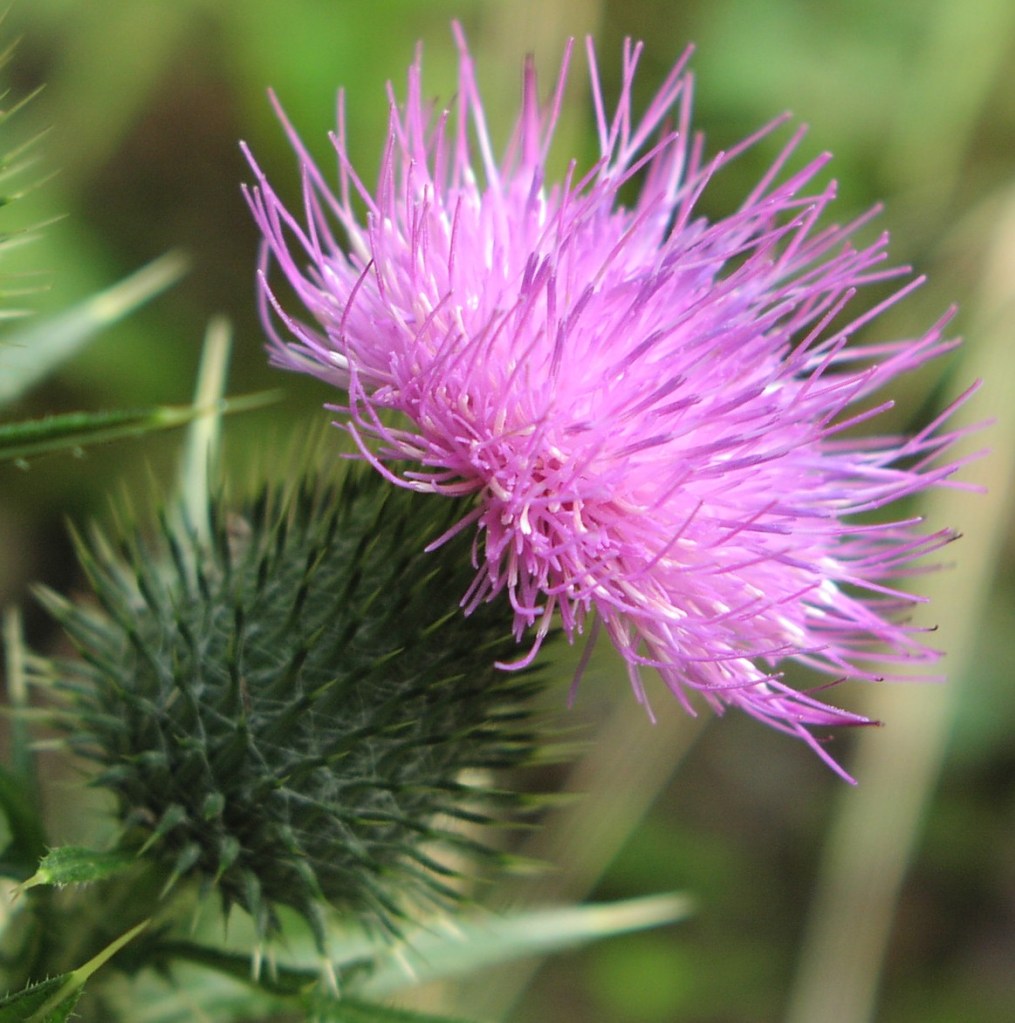The concept of plants “thinking” and “communicating” are mind boggling to some people. The field of plant neurobiology is a fascinating subject that can stretch the imagination. While I normally do not post article of this nature, I wanted to share some of the research on this topic.
One of the latest articles that deal with plants has shown that plants feel pressure as well as a lack of pressure, and know the difference. Although they do not have nerves as we do, they still have a system that lets them know when something touches them and when the pressure is relieved.
Plants also communicate and support each other. For example, the mother tree will feed its saplings through the roots. This is how young saplings in deep forests survive. They are often in shaded areas where they cannot photosynthesize due to a lack of sunlight and depend on the parent tree to feed them.
If that is not enough, studies have shown that some plants (and perhaps all) have the ability to “hear” sounds. They detect certain frequencies and respond to them, yet ignore other frequencies.
When plants detect danger, such as a disease, they send out a signal to the plants around them who respond by preparing their own defense as a response.
If you think about all of this, it expands the concept of communication and even relationships beyond what we experience. For me, it opens my mind to what animals can do, and that we have just scratched the surface in understanding the depth of their world.
I hope my readers have enjoyed my musings.
https://www.smithsonianmag.com/science-nature/the-whispering-trees-180968084/#:~:text=For%20young%20saplings%20in%20a,their%20roots%20through%20the%20network.
https://now.northropgrumman.com/can-plants-hear-the-science-of-sound-sensing-flora
https://www.ncbi.nlm.nih.gov/pmc/articles/PMC3405699/#:~:text=Plants%20emit%20volatile%20organic%20compounds,own%20defense%20weapons%20in%20response.
Journal Reference:
- Alexander H. Howell, Carsten Völkner, Patrick McGreevy, Kaare H. Jensen, Rainer Waadt, Simon Gilroy, Hans-Henning Kunz, Winfried S. Peters, Michael Knoblauch. Pavement cells distinguish touch from letting go. Nature Plants, 2023; DOI: 10.1038/s41477-023-01418-9
Cite This Page:
Washington State University. “Plants can distinguish when touch starts and stops, study suggests.” ScienceDaily. ScienceDaily, 31 May 2023. <www.sciencedaily.com/releases/2023/05/230531101953.htm>.



